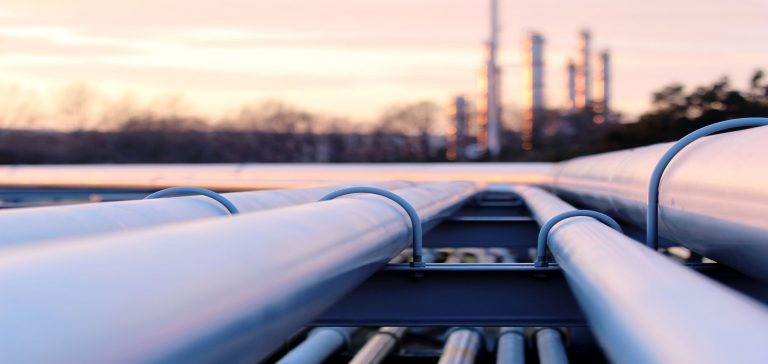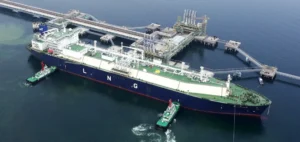Hurricane Helene triggered an immediate reaction in U.S. natural gas markets, causing prices to rise by 5% to reach a 14-week high. The storm led to the suspension of 17% of gas production in the Gulf of Mexico, equating to roughly 313 million cubic feet per day (bcfd). This pressure on supply heightened uncertainty about future production capacities. Simultaneously, massive power outages affected approximately 4.6 million homes and businesses in Florida, Georgia, and the Carolinas, impacting local energy consumption and straining the region’s power grid.
This supply disruption comes amidst an already strained natural gas market. Injection levels into storage have been exceptionally low in recent months, a trend attributed to reduced production by operators due to the lower price levels earlier this year. Current gas storage volumes are at 3.49 trillion cubic feet (tcf), a level that remains 5.8% above the five-year average but may not be sufficient if further storms disrupt the region’s supply.
Plaquemines LNG Project in Louisiana Under Scrutiny
Simultaneously, liquefied natural gas (LNG) facilities like Venture Global’s Plaquemines LNG project in Louisiana are under close observation. This project is on the verge of starting its initial production tests, with a current gas flow of 35 million cubic feet per day, far from its maximum capacity of 1.8 billion cubic feet per day. Analysts expect this project could stabilize LNG exports, but its short-term operational status remains uncertain.
Although Helene did not directly impact LNG facilities, any disruption in Gulf production indirectly affects U.S. gas competitiveness on the global market. Ports in the region, notably Port Tampa Bay, have temporarily halted operations, potentially leading to further delays in the movement of petroleum and gas products.
Regional Price Fluctuations and Global Implications
Regional prices varied significantly in response to the hurricane. In Florida, the FGT Citygate gas price surged by 54 cents to $3.42/mmBtu, while in Northern California, PG&E Citygate prices increased by 45 cents. In Southern California, SoCal Citygate prices jumped by 50 cents, settling at $2.43/mmBtu. This volatility reflects rapid supply adjustments due to climate disruptions and increased demand from power plants compensating for reduced renewable energy production under adverse weather conditions.
Internationally, gas prices remained relatively stable. In Europe, Title Transfer Facility (TTF) in the Netherlands reached $11.54/mmBtu, while in Asia, LNG prices for Japan and Korea dropped to around $13.03/mmBtu. These levels remain high compared to historical trends, but potential impacts on U.S. export flows could disrupt this stability as winter approaches and global demand rises.
Uncertain Outlook for U.S. Gas Production
Dry gas production in the Lower 48 states recently fell to 99.1 bcfd, a 2.3% year-on-year decrease. Meanwhile, domestic gas demand remains robust, particularly for exports to Mexico and Canada and for filling LNG storage facilities. Analysts predict that any further disruptions in the Gulf could exacerbate the situation, especially since storage levels, though above the five-year average, might not suffice if sudden demand spikes occur during the colder months.
The outlook for the U.S. natural gas market is therefore heavily influenced by weather events and operators’ ability to quickly restore disrupted production. Rapid recovery is crucial to avoid short-term price pressure as the U.S. aims to maintain its competitiveness in the global LNG market.





















